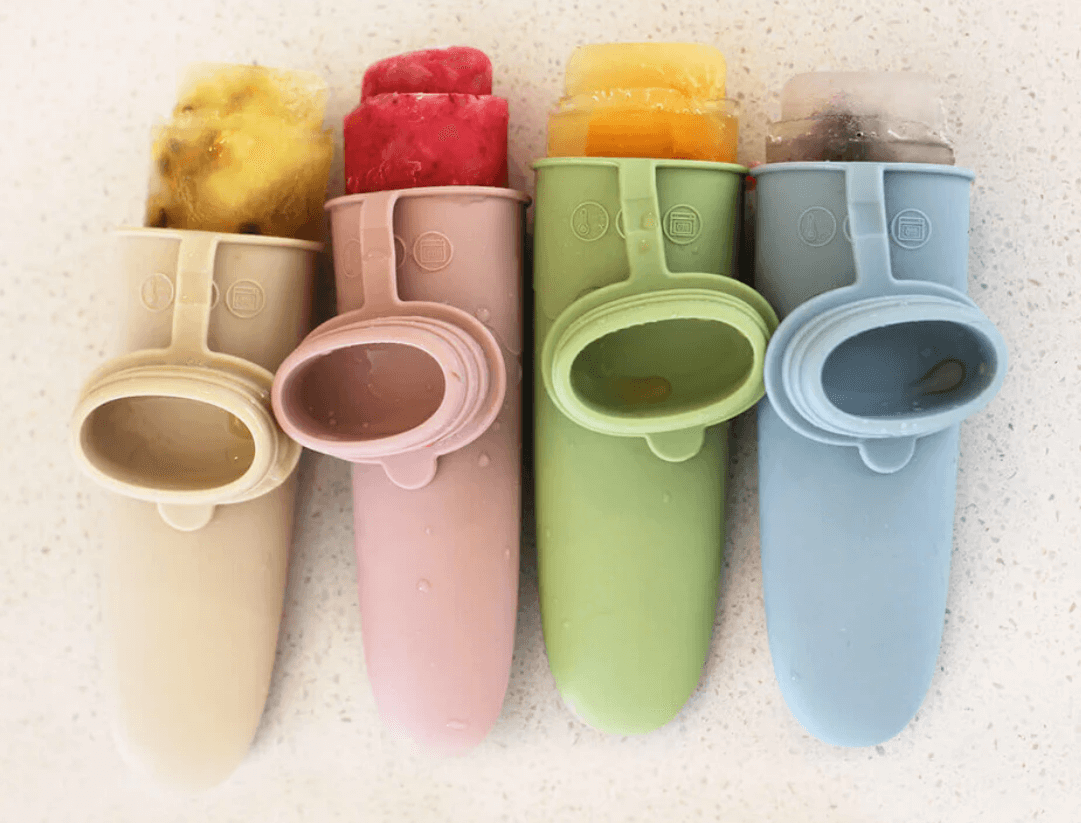Feeding Milestones: A Comprehensive Baby Food Chart from 4 to 12 Months

Are you ready to embark on the exciting journey of introducing your little one to solid foods? Transitioning from milk to solids is a significant milestone in your baby's development. But where do you start, and what should you keep in mind? Don't worry; we're here to provide you with a comprehensive guide to navigate this exciting phase with confidence.
Signs of Readiness
Before diving into the world of solid foods, it's essential to recognize when your baby is ready to take the plunge. Typically, between 4 to 6 months, you may notice certain cues indicating readiness:
- Your baby can sit upright unassisted and has excellent head and neck control.
- They show interest in your food, perhaps even reaching out for it or opening their mouth in anticipation.
- Voluntarily reaching for food and attempting to bring it to their mouth are common signs of readiness.
It's crucial to understand that every baby develops at their own pace. If your little one exhibits some signs but isn't quite ready to embrace solids, don't fret. Give it a few more days and try again. However, if there's no progress by 7 months, consulting with your healthcare provider is advisable.
Introducing Solids
When and What to Feed Your Baby Now that you've identified the signs of readiness, let's delve into the exciting realm of introducing solid foods to your baby. Our baby food chart serves as a helpful guideline, but remember, each baby is unique, and their preferences will vary.
4 - 6 Months
During this stage, your baby is ready to explore new tastes and textures. Here's a sample list of suitable foods:
- Fruits: Apples, avocados, bananas, pears
- Vegetables: Green beans, butternut squash, sweet potato
- Grains: Barley, oatmeal, rice, iron-fortified cereals
While there's no prescribed order for introducing foods, prioritizing iron-rich options is beneficial for your baby's development. Begin with soft, mashed, or pureed foods before transitioning to small, manageable pieces.
6 - 8 Months
As your baby continues to grow and develop, expand their culinary horizons with the following additions:
- Fruits: Apricots, mangoes, nectarines, peaches, plums, prunes
- Vegetables: Carrots, parsnips, peas, pumpkin, zucchini
- Protein: Chicken, tofu, turkey
Remember, your baby's appetite may vary, with some showing eagerness while others prefer smaller portions. Let their cues guide your feeding routine.
8 - 10 Months
As your little one approaches their first birthday, introduce a broader range of flavors and textures, including:
- Fruits: Blueberries, melons, cherries, citrus fruits
- Vegetables: Broccoli, cauliflower, eggplant, potatoes, spinach
- Protein: Beef, pork
- Dairy: Eggs, cheese, yogurt
Encourage self-feeding by introducing finger foods, ensuring they're cut into manageable pieces to prevent choking hazards.
10 - 12 Months
As your baby approaches their first birthday, their palate continues to evolve. Consider adding the following foods to their diet:
- Fruits: Citrus fruits, strawberries
- Vegetables: Beans, lentils, corn, tomatoes
- Protein: Fish, poultry (consult with your doctor first)
- Dairy: Cow's milk
Transitioning from breast milk or formula to regular foods can commence around this age, but individual preferences and nutritional needs should guide this process. Consult with your healthcare provider for personalized advice.
Foods to Avoid
While embarking on this culinary adventure, it's crucial to be mindful of foods that are unsuitable for your baby's delicate palate and developing digestive system. Avoid the following:
- Honey: Potential risk of infant botulism.
- Sugar and Salt: Excessive intake can have adverse effects on dental health and weight.
- Nuts and Grapes: Choking hazards.
- Fruit Juice: Limited nutritional value and high sugar content.
Final Tips
As you navigate this exciting journey of introducing solids to your baby, remember:
- Our baby food chart serves as a helpful guideline, but always consult with your healthcare provider for personalized advice.
- Establishing a consistent feeding routine promotes social interaction and fosters healthy eating habits.
- Enjoy this journey with your little one, celebrating each milestone along the way.
References
- Baby's First Foods – Children's Health
- Nutrition 6-8 Months – Tresillion
Conclusion: Congratulations on reaching this significant milestone in your baby's development! Armed with our comprehensive guide and your nurturing instincts, you're well-equipped to embark on this exciting journey of introducing solids to your little one. Embrace the joys of exploration and discovery, knowing that you're laying the foundation for a lifetime of healthy eating habits. Happy feeding!





